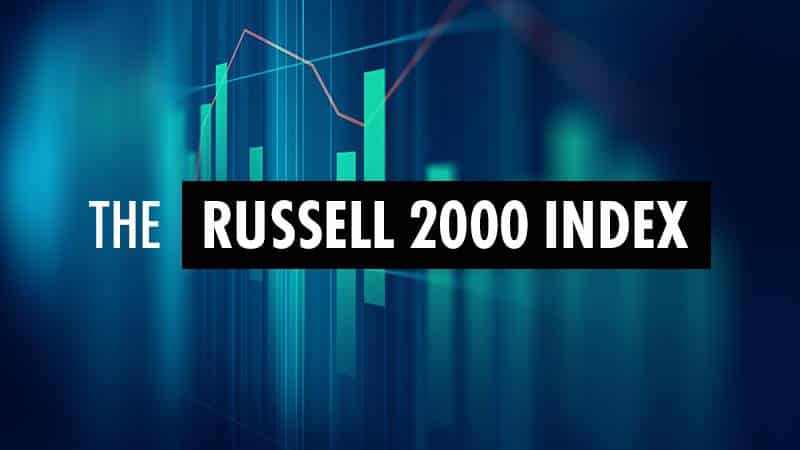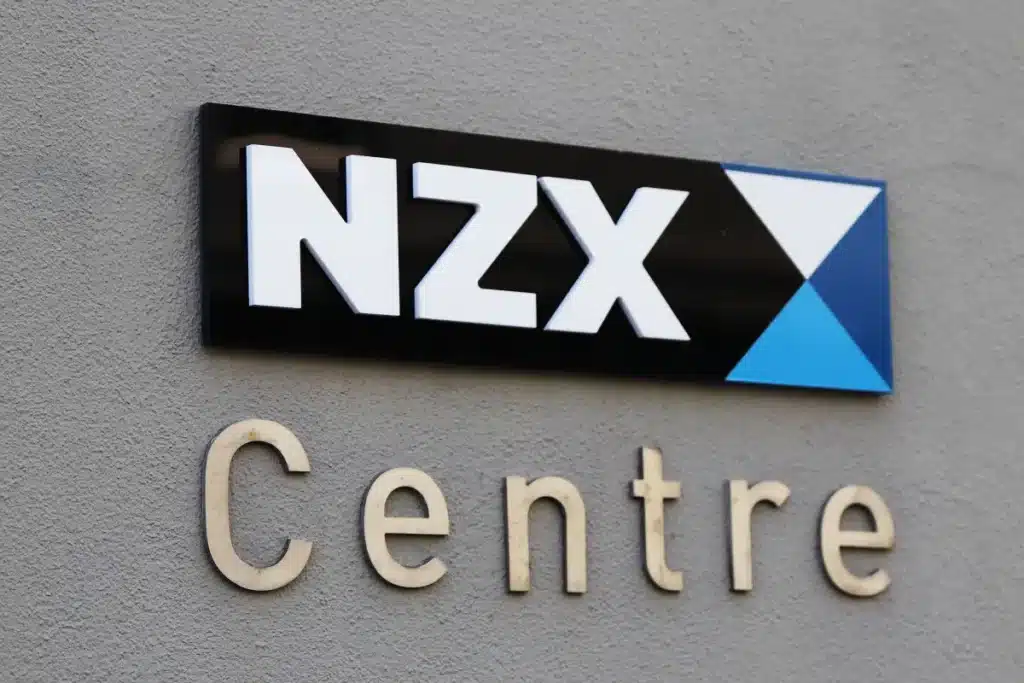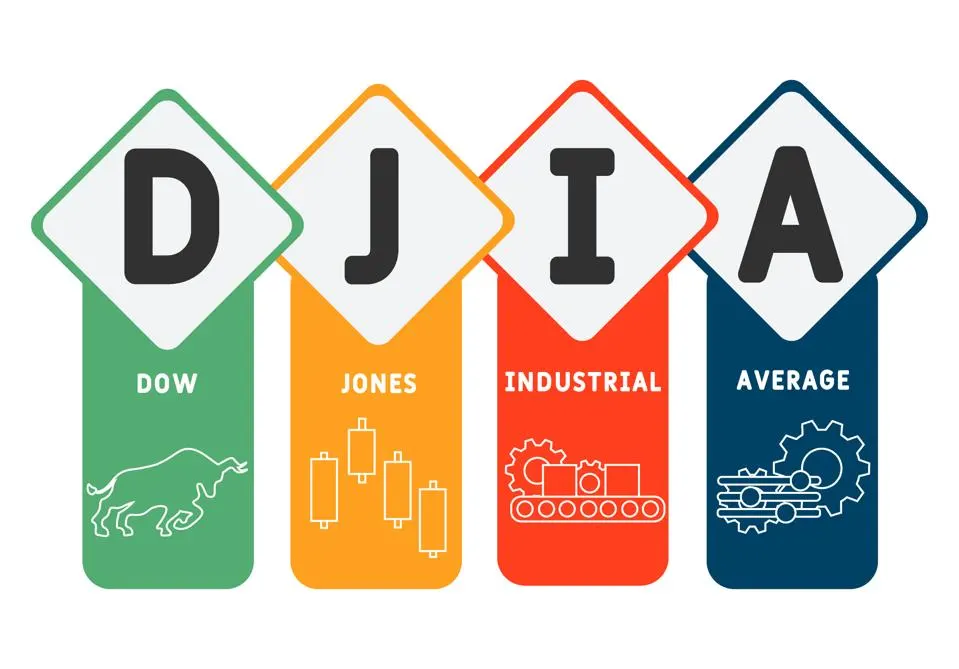Trump Reportedly Set to Ease Auto Tariffs; Earnings Ahead – What’s Moving Markets
As of April 29, 2025, the financial markets are buzzing with anticipation as news surfaces about a potentially significant shift in U.S. policy. Reports suggest that President Donald Trump may be set to ease auto tariffs, a move that could have widespread implications for the economy and investor sentiment. Let’s delve into what this development means for the markets and what other factors are currently at play.
Understanding Auto Tariffs and Their Impact
Auto tariffs refer to taxes imposed on imported vehicles and auto parts. These tariffs can affect car prices, industry profits, and international trade relationships. When tariffs are high, it generally means higher costs for consumers and potential strain on auto manufacturers who rely on global supply chains. Easing these tariffs could potentially lower consumer costs and provide relief to auto manufacturers, allowing them to remain competitive in a global market.
Why is this significant now? Auto tariffs have been a point of contention in recent years, often impacting diplomatic relations and economic policies worldwide. A decision to reduce these tariffs aligns with diplomatic efforts to relax trade tensions and boost economic growth, especially critical given the current mixed trading conditions in the U.S. markets.
Current Market Movements
The anticipation of easing tariffs has already led to some optimism in market futures. U.S. stock futures are noted to show slight upward movement after a bout of mixed trading sessions. Investors are closely watching the earnings reports of several major corporations, trying to discern overall economic health and business performance. The potential easing of auto tariffs comes at a pivotal time, where corporate earnings and economic data could either bolster or dampen market sentiment.
- Gold Prices: Gold prices have been observed slipping, potentially influenced by the reports of forthcoming auto tariff relief. Traditionally, gold serves as a haven during times of economic uncertainty. The hope of reduced trade tensions might be leading investors to explore more aggressive market options rather than safer hedging strategies.
- S&P 500 Performance: Certain stocks within the S&P 500 index continue to perform impressively, even amid market volatility. Some have seen increases of over 20%, driven by strong fundamentals and favorable business conditions. This resilience is encouraging for investors looking for stability in a recovering market environment.
- Bitcoin Stability: Bitcoin is holding steady near the $95,000 mark, underpinned by strategic purchases and positive regulatory developments in the U.S. The cryptocurrency market’s stability showcases its growing acceptance as an asset class alongside traditional investment forms.
Outlook and Conclusion
As we move forward, the possible reduction of auto tariffs by the Trump administration could signal a turning point in current trade dynamics. This decision could inject renewed confidence into the market, impacting various sectors beyond just automobile manufacturing. Investors should stay informed on these developments and the upcoming earnings reports, as they will likely set the pace for future market trends.
Overall, the next few weeks promise to be an exciting time for the stock market, with numerous factors at play that could shape investor strategies and economic projections for the remainder of the year. Stay tuned with us at learnbyrose.com for continuous updates and in-depth analyses to help you navigate these intriguing times in the financial world.
Today’s Top Analysis: Understanding the Key Market Drivers
Welcome to today’s analysis overview! Whether you’re a budding investor or someone with moderate experience, understanding the complexities of the market is essential. That’s why we’re breaking down the most talked-about analyses of the day to keep you informed and ahead of the curve.
- USD/JPY Could Test 140 as Inflation and Trade Tensions Build Ahead of BoJ Decision. With growing inflation pressures around the world and increasing trade tensions, the USD/JPY currency pair is set to be in focus. Investors are keeping a keen eye on potential policy changes from the Bank of Japan (BoJ), which could drive significant movement in the currency markets. If you’re trading currencies, it’s essential to stay updated on these shifts and understand how central bank decisions can affect currency values.
- Gold Outlook: Record Highs on Ice as Bearish Signals Build. Recently, gold prices have been a subject of much speculation. While the shiny metal reached record highs not so long ago, today we look at why bearish signals are growing. Several factors, such as currency strength and interest rates, could play a role in capping gains in gold prices. For investors, this means carefully considering gold within a diversified portfolio, as it often acts as a safe haven during times of economic uncertainty.
- Is the Consumer Finally Breaking? One Chart Suggests Trouble Ahead. Consumer behavior has long been a strong indicator of the economic climate. This analysis reveals a chart suggesting potential challenges for consumers, which might signal broader economic implications. Whether it’s debt intake, spending habits, or saving behaviors, changes in consumer attitudes can have ripple effects across various sectors, making them a crucial focus for investors looking to anticipate market trends.
- US Dollar: Tariff Ambiguity Clouds Greenback’s Recovery. The US dollar (often referred to as the “greenback”) is battling uncertainty, especially around trade tariffs. While the removal or modification of auto tariffs could be positive, ambiguity surrounding trade policies continues to cloud recovery prospects. For anyone actively following the forex market, this analysis emphasizes the importance of closely monitoring trade policy announcements and their potential impacts on currency strength.
Each of these analyses sheds light on critical market dynamics and potential investment opportunities. By staying informed, you can make more educated decisions and possibly navigate the complexities of stock, forex, and commodity markets more effectively.
Always remember, whether you’re investing or trading, keeping abreast of the latest market analyses is key. By understanding these insights and considering their implications, you can strategize better and potentially enhance your investment portfolio. Be sure to check out further detailed reports and analyses to stay on top of the latest trends.
Happy investing, and here’s to smart financial choices!
Today’s Top News: A Comprehensive Breakdown
In today’s dynamic market environment, having a clear understanding of the latest news and its potential impact on your investments is crucial. Whether you’re new to stock trading or have some experience under your belt, staying informed helps you make sound decisions. Let’s delve into some of the key news stories making waves today.
U.S. Stock Futures Edge Higher Ahead of Earnings Barrage
U.S. stock futures are showing signs of promise, edging higher as investors eagerly anticipate a wave of corporate earnings reports. The market has had mixed performance lately, but optimism is building with the hope that strong earnings could push stocks higher. This trend signifies the resilience and adaptability of businesses in what remains a challenging economic climate. Keeping an eye on results from major sectors and industries can provide insights into broader market trends.
Trump to Modify Auto Tariffs to Ease Impact
There are reports that former President Donald Trump plans to modify auto tariffs, potentially easing the pressure on both domestic and international markets. Trade policies can have significant impacts, particularly on industries like automotive manufacturing. By adjusting tariffs, the aim is to balance out the economic downsides while supporting sectors that might otherwise be affected negatively. This move could stimulate more discussions on trade policy and its influence on the U.S. economy.
Gold Prices Slip Amid Auto Tariff Relief Reports
In the world of commodities, gold has seen a slight decline in value amid reports of potential relief in U.S. auto tariffs. Traditionally viewed as a safe-haven asset, gold’s value often fluctuates in response to economic policy shifts and market sentiment. As tariffs potentially ease, investors might be looking to move capital into more risk-on assets, causing a dip in gold prices. It’s a reminder of how interconnected global markets are and the need to understand external factors affecting investments.
Stocks Surging Amid S&P 500’s Rebound
Some stocks are showing impressive gains, with certain companies seeing growth upwards of 20%. This comes on the heels of a rebound in the S&P 500, underscoring the index’s persistent ability to recover. Identifying which stocks are leading this charge can offer savvy investors opportunities to capitalize on momentum. Studying the sectors driving these upturns can shine a light on emerging trends and growth areas within the market.
Bitcoin Holds Steady Near $95k
In the realm of digital assets, Bitcoin remains stable near the $95,000 mark. This stability is supported by strategic buying and hopeful sentiments surrounding U.S. regulatory developments. As cryptocurrencies become more mainstream, regulatory clarity could play a pivotal role in shaping their future. Understanding the factors that influence Bitcoin and other digital currencies can arm investors with the knowledge needed to navigate this volatile market.
These stories are a testament to the complex ecosystem of the financial world. Whether it’s tariffs, earnings, or digital currencies, each piece of news can provide valuable insights or pose fresh questions for investors. Stay informed, continually assess the implications of these developments, and consider how they might affect your investment strategies.








